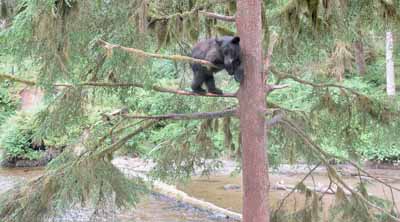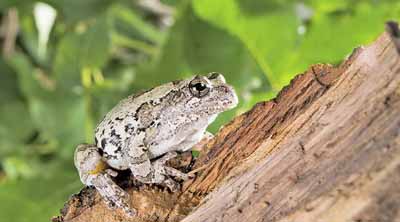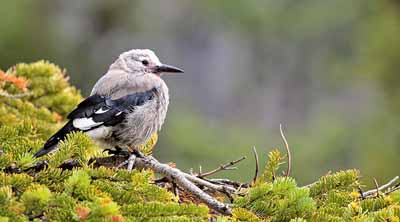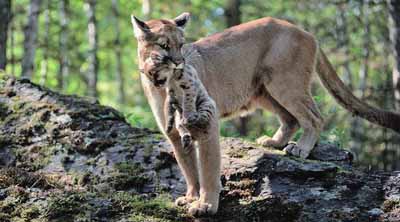INTRODUCTION
Authors
Oswalt, S.N.; Nelson, M.D. USDA Forest Service.
General References
Hall, L.S.; Krausman, P.R.; Morrison, M.L. 1997. The habitat concept and a plea for standard terminology. Wildlife Society Bulletin. 25(1): 173-182.
Beaudry, F.; Pidgeon, A.M.; Radeloff, V.C.; Howe, R.W.; Mladenoff, D.J.; Bartelt, G.A. 2010. Modeling regional-scale habitat of forest birds when land management guidelines are needed but information is limited. Biological Conservation. 143(7): 1759-1769.
Photographs
Brown-bear-family: Judy Alderson, National Park Service; www.nps.gov
Gray tree frog: Irin 717; Thinkstock by getty Images.com
Clark's nutcracker: Ken Hoehn; Thinkstock by getty images.com
Eastern indigo snake: S. Stton; Thinkstock by getty images.com
Sockeye salmon: Olga N. Vasik; Thinkstock by getty images.com
Cougar: Jupiter Images; Thinkstock by getty images.com





